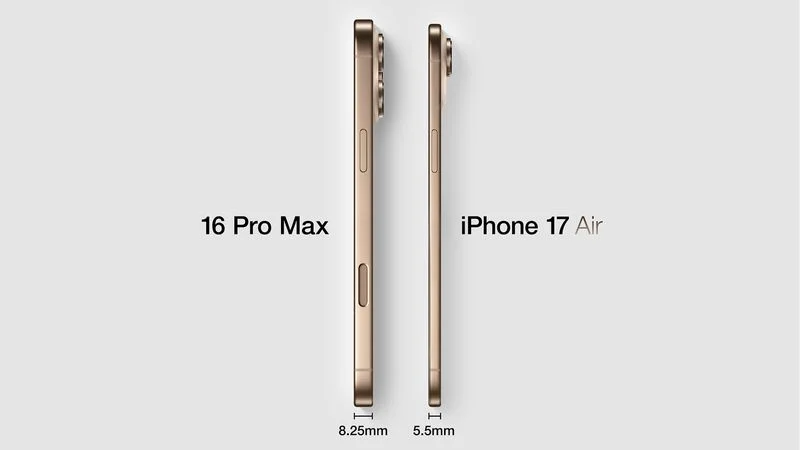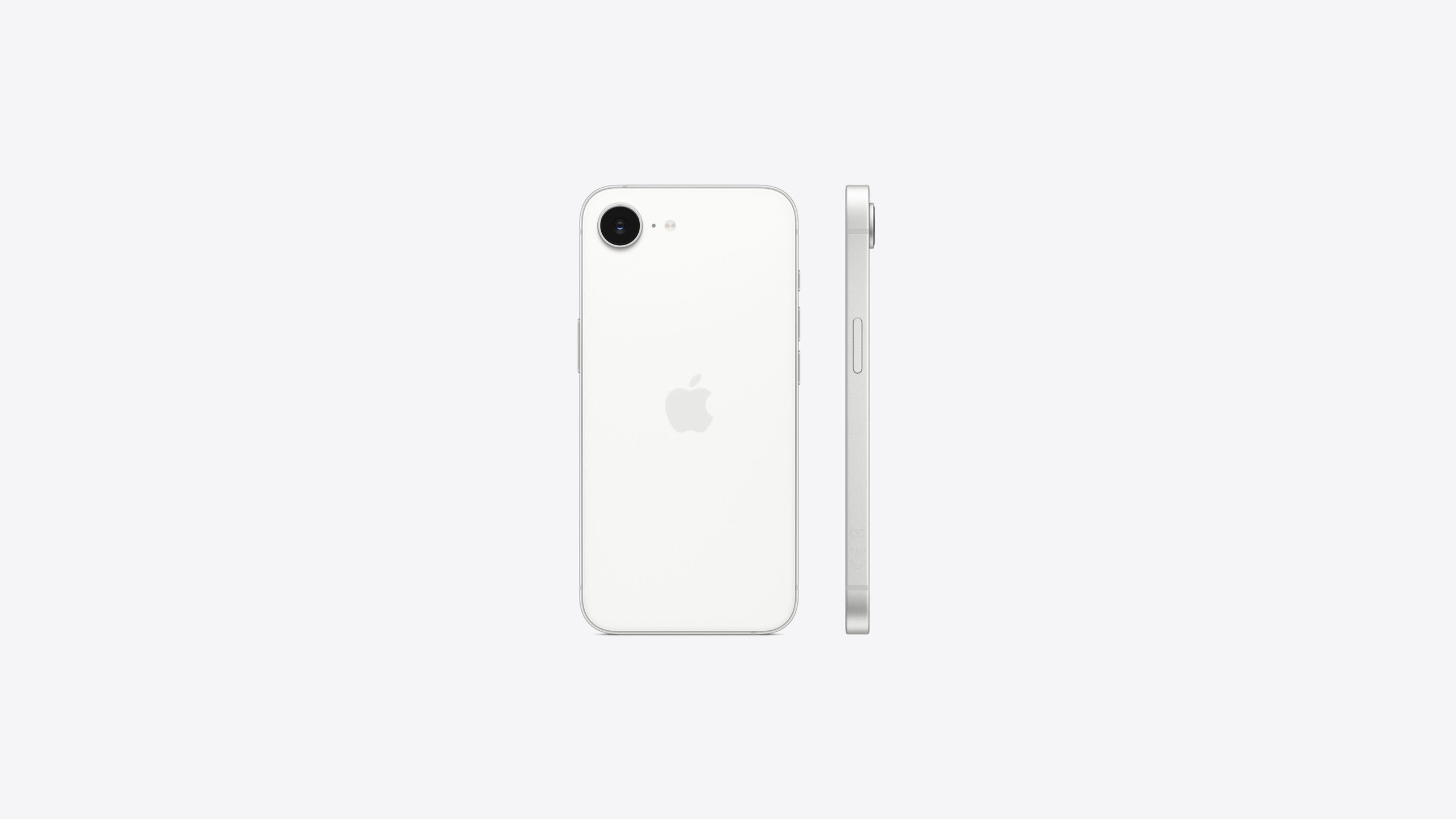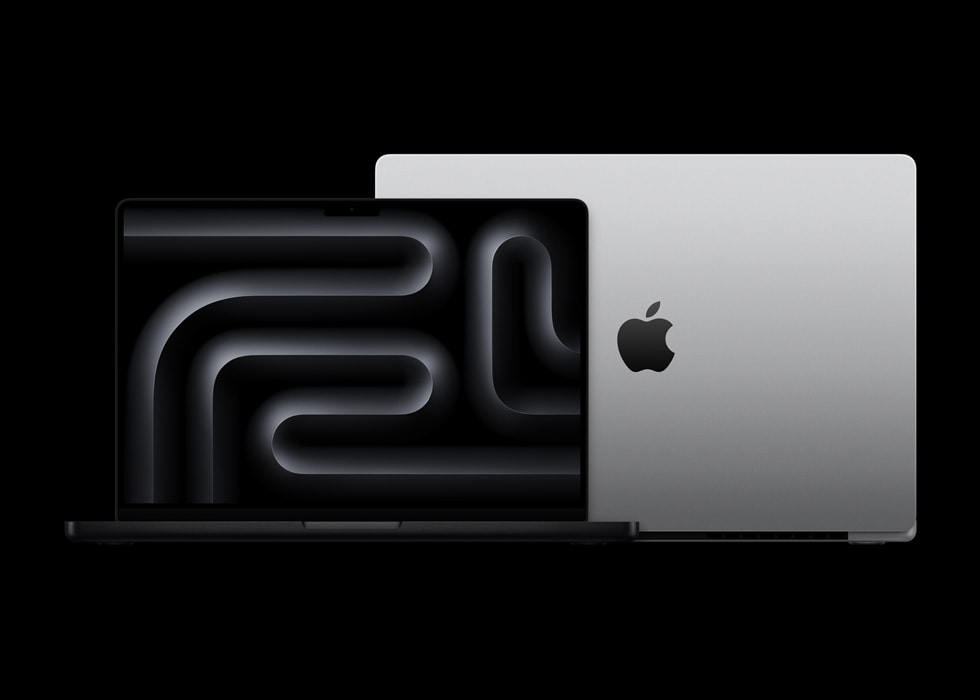Apple’s upcoming super-slim iPhone 17 Air is said to match the iPhone 17 Pro Max in size, except for how thick each phone is, according to a tip from leaker Ice Universe.
Comparing iPhone 16 Pro and iPhone 17 Air
On their Weibo page, the Chinese leaker shared that the iPhone 17 Air and iPhone 17 Pro Max have the same length, width, screen size, and edges. “The only thing that’s different is the thickness,” they explained. “The iPhone 17 Air is just 5.5mm thick, while the iPhone 17 Pro Max is 8.725mm thick.”
If this is true, it also means the iPhone 17 Pro Max will be quite a bit thicker than the current iPhone 16 Pro Max. We’ve heard about the iPhone 17 Air’s slim 5.5mm body before, but Ice Universe’s info shakes things up compared to older rumors. Last year, screen expert Ross Young said the iPhone 17 Air would have a 6.55-inch display, or about 6.6 inches when rounded up.
However, YouTube creator Jon Prosser disagreed last month, saying the iPhone 17 Air will come with a bigger 6.7-inch screen. (Young later stuck to his 6.55-inch prediction.) If Prosser’s right, that still doesn’t match the 6.9-inch screen expected for the iPhone 17 Pro Max. Apple bumped up the screen sizes for the iPhone 16 Pro and 16 Pro Max last year, and they’re likely staying the same for the iPhone 17 Pro models. Ice Universe added that the iPhone 17 Pro Max’s frame is unchanged, “just like the iPhone 16 Pro Max.”
iPhone 17 Pro Max vs. iPhone 17 Air
- Thickness: 8.73mm vs. 5.55mm
- Height: 163mm vs. 163mm
- Width: 77.6mm vs. 77.6mm
- Screen: 6.9″ (174mm) vs. 6.9″ (174mm)
- Edge: 1.15mm vs. 1.15mm
Ice Universe has a good track record, correctly leaking iPhone 16 Pro and 16 Pro Max sizes in the past. Still, we’re keeping a cautious eye on this rumor until more people back it up. Apple should reveal the iPhone 17 family around mid-September, as usual.







